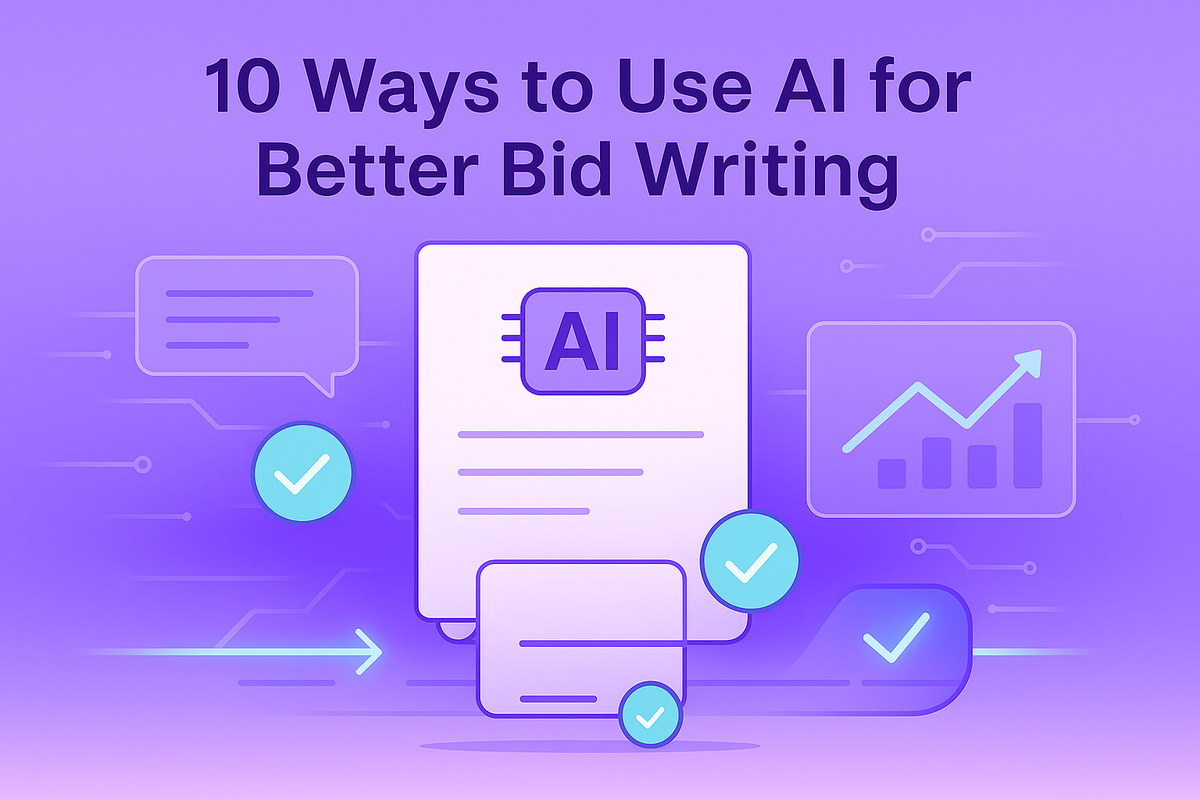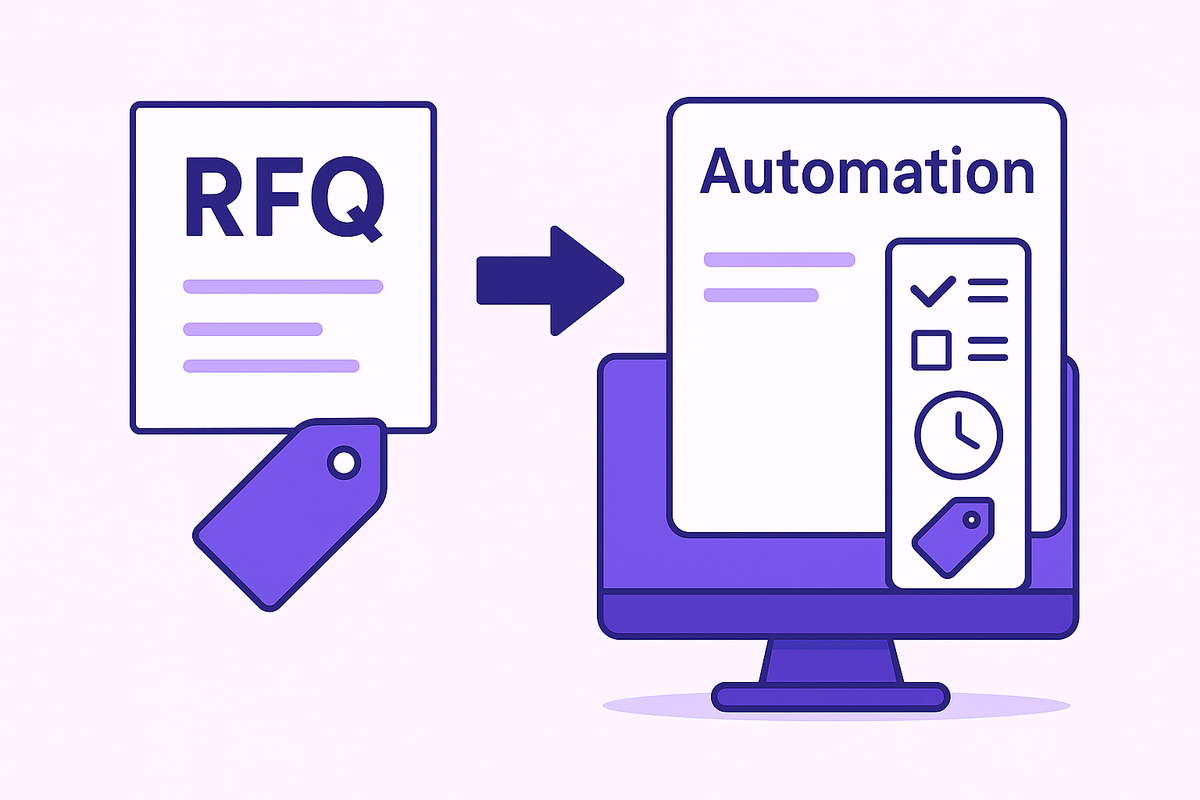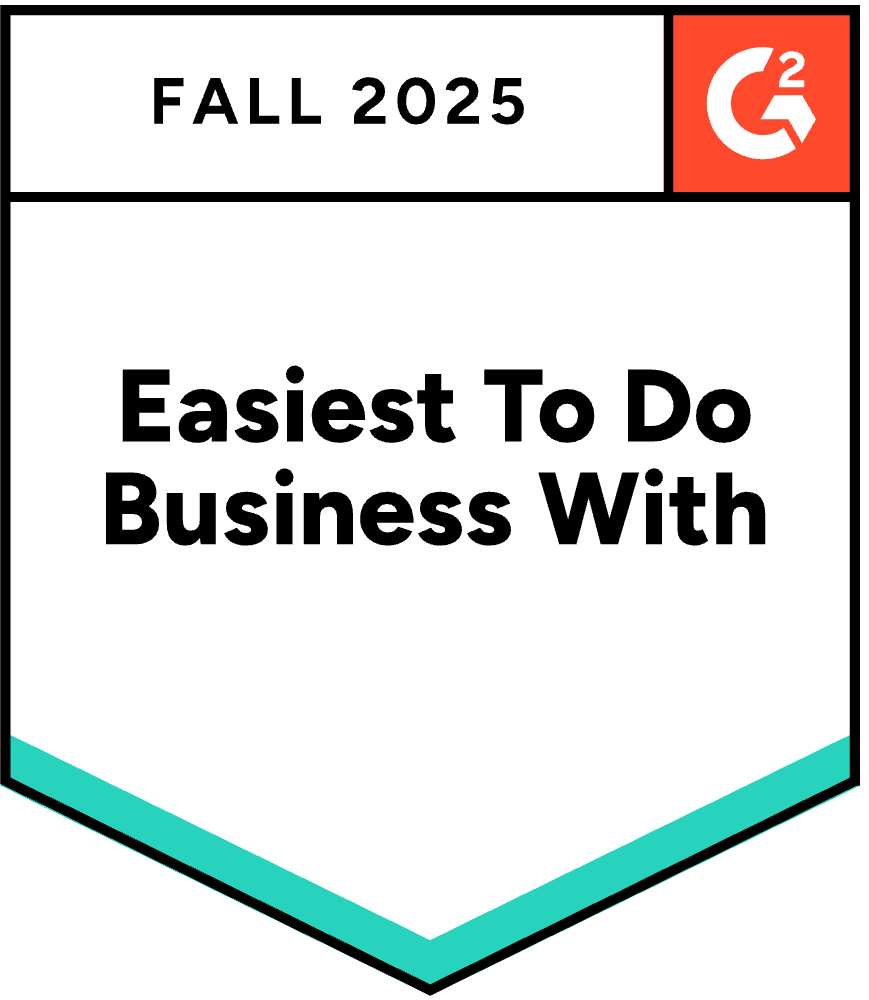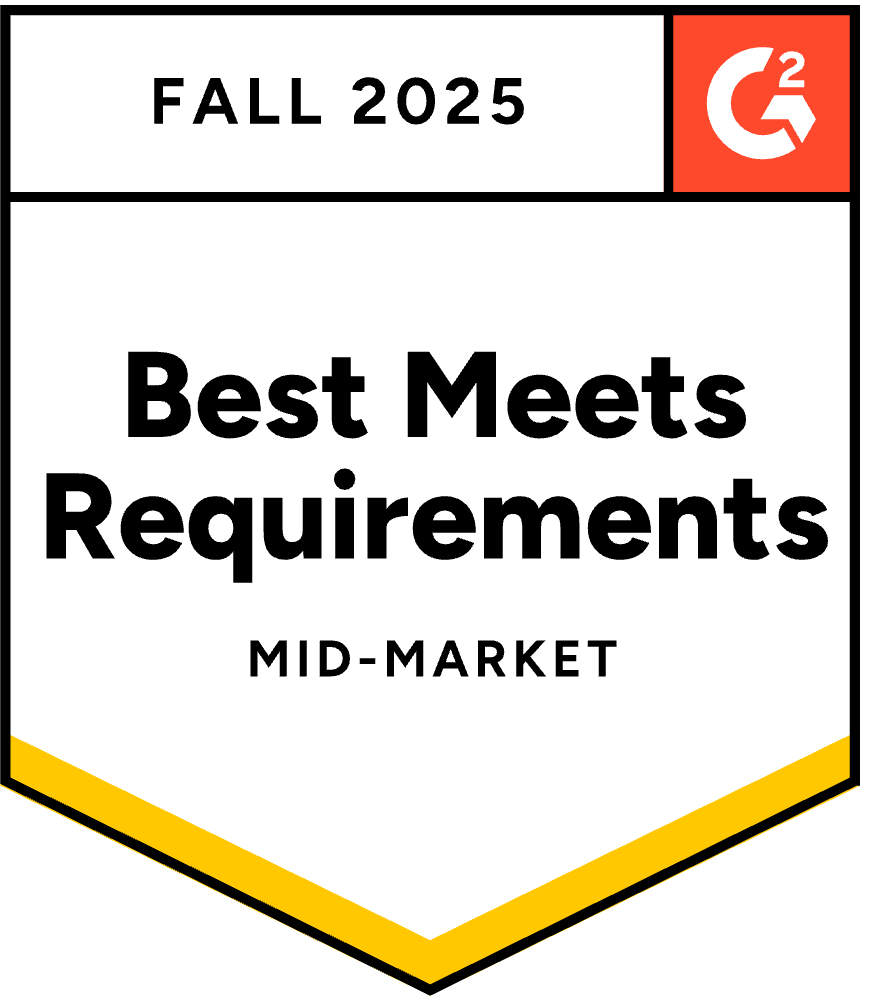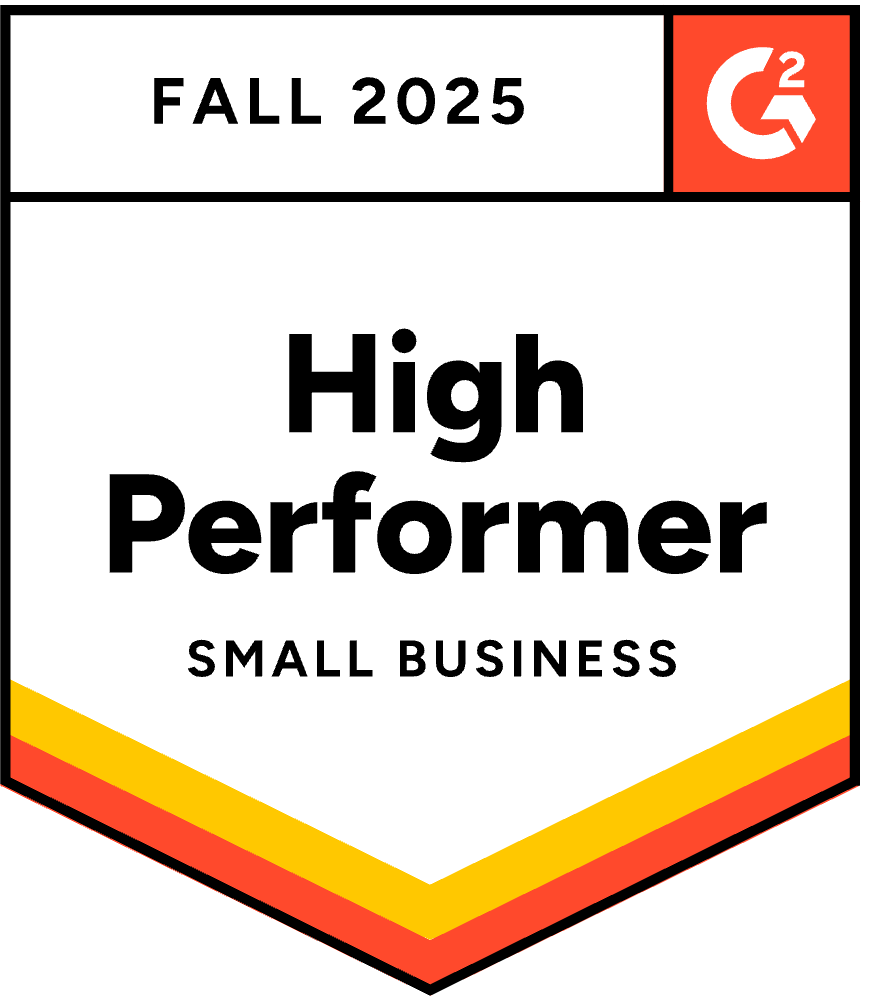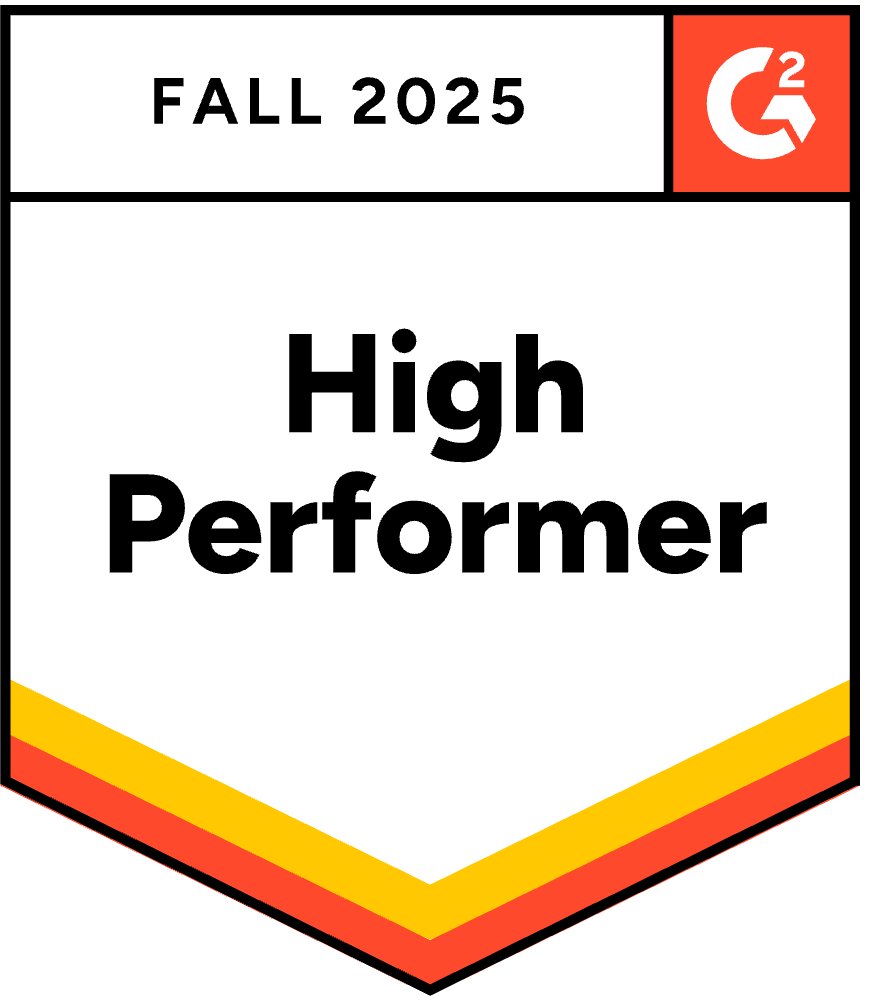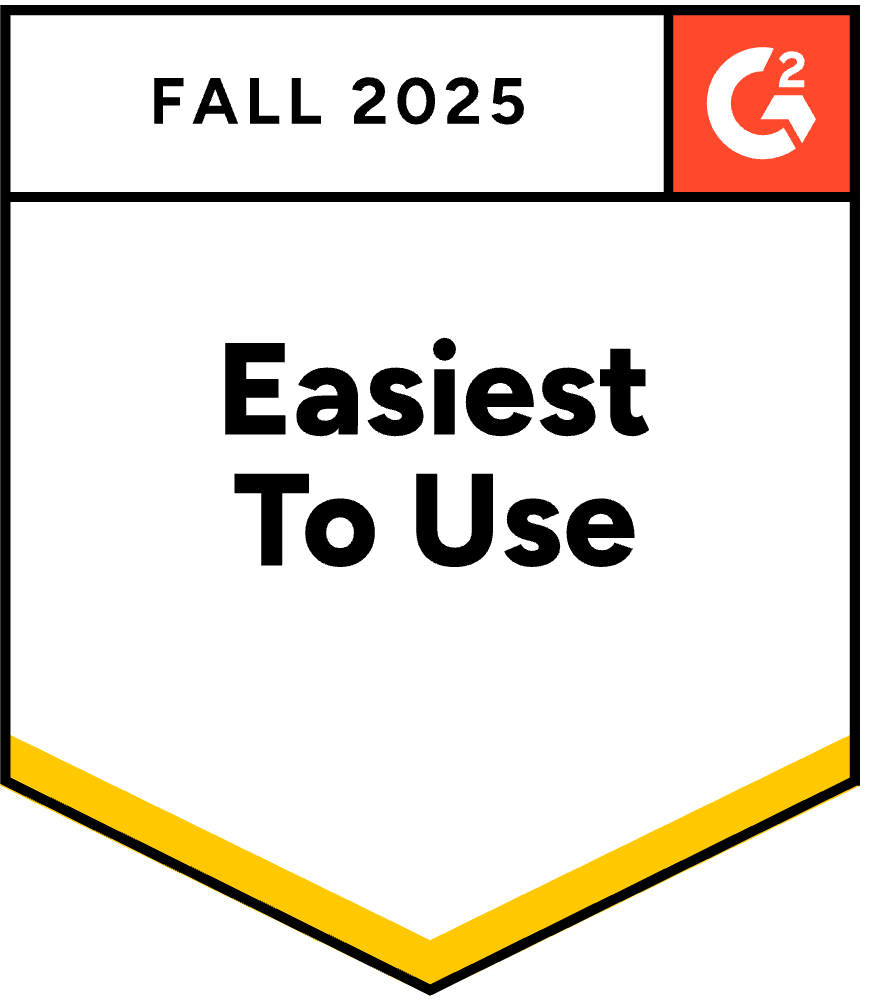Proposal Automation: A Practical Guide for Streamlined Sales
May 29, 2025
By
Evie Secilmis

Another RFP just landed in your team's inbox. You know what that means: your subject matter experts are about to lose hours of their time. Instead of innovating, they're stuck answering the same security and vendor questions again and again. This cycle doesn't just slow down sales; it leads to burnout for your top talent. Proposal automation offers a better way. It captures their expert knowledge, creating a single source of truth that generates accurate first drafts. This frees your experts to focus on strategy, letting them be the brilliant final checkpoint—not the starting block for every request.
While your top Sales Engineers are out enjoying time with their families, the RFPs don’t stop rolling in. Someone still has to get them done—and without the right tools, that “someone” often ends up patching together half-finished content or chasing down vacationing SMEs just to hit send.
That’s where Iris comes in.
Instead of letting deals stall or throwing together rushed responses, teams can rely on Iris to fill in the blanks—accurately, contextually, and on-brand. By ingesting past responses, internal documentation, and formatting preferences, Iris learns how your best SEs work—then replicates their tone, structure, and technical nuance using custom personas.
How Proposal Automation Works
Proposal automation might sound complex, but it’s really about using smart technology to handle the repetitive parts of creating business proposals. Instead of starting from scratch every time, these tools streamline the process so your team can focus on the strategic work that actually wins deals. It works by combining a central content hub, smart integrations, and automated workflows to make responding to RFPs, SOWs, and security questionnaires faster and more consistent. This approach not only saves a ton of time but also ensures every document you send out is polished, professional, and accurate. The core benefits are clear: you produce higher-quality proposals in a fraction of the time, giving your team a serious competitive edge.
It all starts with a central content library
The foundation of any good proposal automation system is a centralized content library. Think of it as the single source of truth for your entire organization. This is where all your best, most up-to-date, and approved content lives—from company boilerplate and product descriptions to security details and case studies. By having everything in one place, you eliminate the frantic search for the right information and the risk of using outdated answers. This library becomes the engine that powers your responses, ensuring every proposal is built with the strongest, most relevant content available, every single time.
Use pre-built templates for consistency
With a content library in place, you can use pre-built templates to maintain brand consistency across every document. These templates are designed to automatically pull in approved branding, formatting, and standard content like cover pages and legal disclaimers. This means your team doesn't have to waste time fiddling with fonts or logos. Instead, they can generate a professional-looking first draft in minutes, ensuring every proposal that goes out the door looks like it came from a unified, well-organized team, which builds immediate credibility with your prospects.
Keep information accurate and up-to-date
A static library isn't enough; your content needs to be current to be effective. Modern proposal automation tools actively manage the health of your content. For instance, an AI deal desk solution like Iris can proactively scan your connected systems and flag information that might be outdated. This ensures that when your team pulls an answer for a security questionnaire or a product spec for an RFP, they’re using the most accurate information, which builds trust with potential clients and reduces compliance risks down the line.
Connect your tech stack with CRM integration
Efficiency really kicks in when your proposal software talks to the other tools you use every day. Integrating with your Customer Relationship Management (CRM) system, like Salesforce, is a game-changer. This connection allows the software to automatically pull key customer information—like company name, contact details, and specific needs—directly into your proposal. This eliminates manual data entry, reduces the chance of embarrassing typos, and allows for a higher degree of personalization without the extra effort, making your proposals feel tailor-made for each client from the very first page.
Automate the entire proposal lifecycle
Proposal automation isn’t just about writing content faster; it’s about managing the entire process from start to finish. The software handles everything from the initial request to the final signature, creating a smooth and transparent workflow. This end-to-end management means fewer things fall through the cracks, deadlines are easier to meet, and your team has full visibility into the status of every proposal. It transforms a chaotic, multi-step process into a streamlined, predictable operation that you can rely on, even during the busiest sales quarters.
Understanding triggers and actions
At the heart of automation are triggers and actions—simple "if this, then that" rules that handle repetitive tasks. For example, a new RFP landing in a specific inbox can trigger the system to automatically create a new project, generate a draft using a relevant template, and assign tasks to team members. By setting up these automated workflows, you can remove manual steps that slow your team down, freeing them up to focus on personalizing content and crafting a winning strategy for each specific deal.
From initial creation to post-acceptance
The best platforms support you through every stage. It starts with AI-assisted drafting to quickly generate accurate first drafts. Then, it moves into collaborative review, where team members can comment and edit within the platform. Once the proposal is sent, you can track when it’s opened and viewed. Finally, integrated e-signature capabilities allow clients to approve and sign the document digitally, closing the loop and getting the deal signed faster. This comprehensive support makes the entire process seamless for both your team and your future customer.
Streamline internal approval workflows
We’ve all been there: a proposal is ready to go, but it’s stuck waiting for approval from three different people. Proposal automation tools solve this by creating clear, structured approval workflows. You can set up rules that automatically route the document to the right stakeholders—from legal to finance to sales leadership—in the correct order. In-platform notifications and reminders keep the process moving, so you’re not chasing down signatures over email or Slack. This ensures every proposal gets the necessary sign-off without becoming a bottleneck, a process that has helped teams improve their deal velocity significantly.
Keep Your Voice Consistent with Custom Personas
What is Proposal Automation?
At its core, proposal automation uses software to streamline how you create, manage, and deliver business proposals. Think of it as the ultimate escape from the endless cycle of digging through old folders, copy-pasting from previous RFPs, and hoping the information is still correct. Instead of relying on manual, repetitive tasks, your team can leverage technology to build winning proposals much more effectively. This means you can respond to RFPs, RFIs, and security questionnaires faster, all while ensuring every document that goes out the door is perfectly aligned with your brand's voice and messaging.
It's important to remember that automation tools are designed to help your team, not replace them. They act as a powerful resource, taking the burden of tedious work off your plate so you can focus on what really matters: crafting a personalized and impactful proposal. The software handles the heavy lifting—like pulling the latest security compliance details or product specs—which frees up your experts to focus on strategy and tailoring the response to the client's specific needs. This shift allows your team to move from being content-finders to strategic advisors, which is where the real value lies.
By streamlining the entire proposal lifecycle, you can ensure every submission is high-quality and on time, which directly contributes to business growth. Investing in a modern proposal automation platform means you're not just speeding up a process; you're building a more consistent and reliable revenue engine. When your team can confidently and quickly turn around complex documents like RFPs and SOWs, they can handle a higher volume of deals without sacrificing the quality that wins them. This efficiency ultimately leads to better proposals, more timely submissions, and a stronger bottom line for the company.
Why It Matters Now
Summer PTO doesn’t slow down procurement. If anything, mid-year is when many enterprise teams ramp up review cycles. Without a scalable response system, teams burn out—or worse, miss out. That’s why proposal automation isn't a nice-to-have anymore—it’s a must.
And let’s be real—we’ve all been there: Sneaking away from the beach or dinner table to write “just one last section” of an RFP. It’s not sustainable. And with Iris, it’s not necessary.
The Power of Custom Personas
Say your most experienced SE—who’s mastered the language of winning deals—is offline. With Iris, you don’t lose their voice. Instead, their phrasing, tone, and structure live on in a custom persona trained to generate responses just like they would.
It’s not about replacing experts—it’s about amplifying them.
Close deals faster with interactive features
Modern proposal platforms do more than just help you write faster; they help you close faster. Instead of sending a static PDF and hoping for the best, you can deliver an interactive experience that makes it easier for clients to say yes. These tools often include features designed to remove common roadblocks in the final stages of a deal, like confusing pricing or the hassle of printing and signing a contract. By making the entire process smoother for your prospect, you shorten the time between sending the proposal and getting that final signature, turning your document into a dynamic deal-closing asset.
Interactive pricing and quoting
Manually creating pricing tables can be a huge time-sink and a prime spot for errors to creep in. Proposal automation software can connect directly to your product catalog or CRM to generate accurate, professional-looking quotes in minutes. This not only saves your team from tedious data entry but also presents the information clearly to your client. Many tools allow for optional line items or different package tiers that clients can select directly within the proposal. This gives them a sense of control and allows them to adjust the scope to fit their budget, leading to quicker decisions and less back-and-forth negotiation.
Built-in electronic signatures
The final step—getting the signature—should be the easiest, but it’s often where deals stall. The old process of printing, signing, scanning, and emailing is clunky and inconvenient for busy clients. Built-in electronic signatures completely remove this friction. With just a few clicks, your client can securely sign the document from any device, whether they’re at their desk or on their phone. This simple feature can cut days or even weeks off your closing time, ensuring that a deal’s momentum isn’t lost right at the finish line. It formalizes the agreement instantly, so you can move forward with confidence.
Track engagement with proposal analytics
Once you hit send on a proposal, you shouldn't have to guess what happens next. The "send and pray" approach is a thing of the past. Proposal automation platforms provide detailed analytics that give you a clear window into how your prospect is interacting with the document. You can see precisely when they opened it, who they forwarded it to, which sections they spent the most time on, and what they might have skipped entirely. This isn't just interesting data; it's actionable intelligence that tells you exactly what your client cares about most, allowing you to tailor your follow-up strategy effectively.
This feedback loop is invaluable for both individual deals and your overall sales process. If you see a prospect spent ten minutes on your pricing page, you can prepare to discuss budget in your next call. If they skipped over the case study section, maybe it wasn't relevant to their industry. Over time, this data helps you refine your templates and content based on what actually resonates with buyers. By understanding which proposals lead to wins and why, you can continuously improve your approach, making every future proposal stronger than the last and increasing your overall acceptance rate.
Built-In Audit Trails for Peace of Mind
Every Iris response is backed by full audit history—who wrote what, when it was reviewed, and where the source content came from. For legal and security reviews, that kind of traceability is the difference between compliance confidence and chaos.
The Benefits of Proposal Automation (With Data)
Beyond just surviving the summer vacation schedule, adopting proposal automation offers tangible, year-round advantages that reshape how your team works. It’s about shifting from a reactive, often chaotic process to a proactive, strategic one. The data shows that teams who make this switch aren't just getting work done faster; they're performing better and feeling less stressed. By automating the repetitive parts of proposal creation, you free up your team to focus on what truly matters: building relationships and crafting winning responses that are tailored to each client's specific needs.
Save significant time on proposal creation
The most immediate benefit of proposal automation is the sheer amount of time you get back. Instead of manually searching through old documents and piecing together answers, proposal automation uses software to streamline the entire process. Think about how long it takes to build a proposal from scratch. Now, imagine cutting that down significantly. One study found that the average time to create a proposal using automation software was just 17 minutes. This efficiency is a game-changer, allowing your team to move from tedious administrative work to high-value strategic tasks that actually drive revenue and close deals.
Improve team performance and well-being
A frantic proposal process doesn't just hurt your win rates; it hurts your team. Constant pressure and tight deadlines lead to burnout, which is why improving team well-being is such a critical benefit. According to research, teams using proposal automation feel less stressed at work, with 66% of users reporting their stress is manageable compared to just 57% of non-users. These tools aren't meant to replace your experts. They are designed to support them by handling the repetitive tasks, freeing up your proposal team to focus on writing better, more customized content that truly stands out to prospective clients.
Accelerate your deal closing time
Ultimately, sales is about speed and quality. The faster you can deliver a personalized, accurate, and professional proposal, the better your chances of winning the deal. By automating the groundwork, your team can respond to more opportunities without sacrificing the quality of your submissions. This efficiency directly impacts the bottom line, helping businesses sell faster, reduce manual work, and win more bids. With a tool like Iris, you can generate precise, on-brand first drafts in minutes, shortening your sales cycle and allowing your team to handle a higher volume of deals with confidence.
Let Your SEs Unplug—Without Slowing Down
Sales Engineers shouldn’t have to be online 24/7 to keep the pipeline moving. Iris turns your proposal process into a repeatable, scalable system that respects your team’s time while maintaining quality.
✅ Auto-generate answers using approved internal knowledge
✅ Route questions to reviewers without Slack ping chaos
✅ Tailor tone and style for every client with custom personas
✅ Track every edit and decision with built-in audit trails
✅ Export in platform-specific formats—compliant and ready to send
RFP season doesn’t pause for PTO—and now, you don’t have to either.
Book a demo to see how Iris helps your team respond faster, collaborate smarter, and build proposals that move deals forward.
How to Get Started with Proposal Automation
Jumping into proposal automation can feel like a big leap, but breaking it down into manageable steps makes the transition smooth. It’s not about flipping a switch overnight; it’s about thoughtfully building a system that works for your team. The goal is to use technology to handle the entire proposal journey—from deciding which RFPs to pursue all the way to submission and tracking. By taking the time to set up your automation strategy correctly, you create a foundation that saves countless hours and helps your team produce higher-quality, more consistent proposals. Here’s a straightforward approach to get you started on the right foot.
Analyze your current process and needs
Before you can automate anything, you need a crystal-clear picture of what your proposal process looks like right now. Where are the bottlenecks? How much time is spent searching for answers versus actually writing? Map out every step, from the moment an RFP lands in your inbox to the final submission. Identify who is involved at each stage and where your subject matter experts spend most of their time. This initial process mapping exercise will highlight the specific pain points that an automation tool can solve, ensuring you choose a solution that addresses your team’s real-world challenges instead of just adding another piece of software to the stack.
Set up your content library and templates
Your team's collective knowledge is its greatest asset, but it's not very useful when scattered across old documents, email threads, and random spreadsheets. The next step is to create a central content library—a single source of truth for every piece of information that goes into your proposals. This is where you’ll store approved product descriptions, security details, case studies, and team bios. With a tool like Iris, this knowledge base becomes intelligent, allowing the AI to pull the most relevant, up-to-date answers for any question. You can also create different templates for various proposal types, ensuring consistency and saving your team from starting from scratch every single time.
Map out and automate your workflow
Once your content is organized, it’s time to define the workflow. This means outlining the entire lifecycle of a proposal within your team. Who is responsible for the first draft? Who needs to review the technical sections? Who gives the final sign-off? Document these stages, assign roles, and set realistic deadlines for each step. Then, you can configure your automation platform to mirror this process. Set up rules that automatically assign tasks to the right people, send reminders for approaching deadlines, and move the proposal along the approval chain. This eliminates confusion and the endless back-and-forth, letting everyone focus on their specific contribution without constant check-ins.
Focus on improving proposal quality
While speed is a major benefit of automation, the ultimate goal is to win more deals. Automation frees up your team from tedious, repetitive tasks so they can focus on what truly matters: personalizing the proposal and tailoring the solution to the client’s needs. Use your platform’s features to enforce brand guidelines, ensuring every document that goes out is polished, professional, and error-free. With tools like Iris, you can even use custom personas to maintain a consistent voice and tone. By automating the mechanics of proposal creation, you empower your team to be more strategic, resulting in higher-quality submissions that stand out from the competition.
Frequently Asked Questions
Will proposal automation make my subject matter experts obsolete? Not at all. In fact, it’s designed to do the opposite. Think of it as a tool that finally lets your experts do the work they were hired for. Instead of spending hours answering the same security and compliance questions for the tenth time, automation handles that repetitive first draft. This frees your experts to focus on high-level strategy, fine-tune the most critical sections, and act as the final, brilliant checkpoint before a proposal goes out the door. It’s about amplifying their knowledge, not replacing them.
How is a central content library different from the shared drive we already use? A shared drive often becomes a digital junk drawer, filled with outdated files, conflicting versions, and no clear owner. A true content library is a single source of truth for your entire organization. It’s a managed, organized hub where your best, most accurate, and approved content lives. Smart platforms can even proactively flag information that’s getting old, ensuring your team always uses the most current data and messaging, which builds trust and reduces risk.
We have a very specific brand voice. Can an automated tool really capture that? Absolutely. Modern proposal automation isn't about generating generic, robotic text. With features like custom personas, the software learns from your past winning proposals. It analyzes the tone, phrasing, and structure used by your best sales engineers and writers, then replicates that voice in new drafts. This ensures that every proposal, no matter who initiates it, sounds consistently on-brand and speaks with the authority of your top performers.
How much time does it take to get a system like this up and running? Setting up any new system requires some upfront effort, but it’s an investment that pays off quickly. The initial steps involve analyzing your current workflow and organizing your best content into the library. The best approach is to start small, perhaps with one type of document, and build from there. Once the foundation is in place, your team will immediately start saving hours on every proposal, turning a few days of setup into a long-term solution for reducing burnout and closing deals faster.
Does this software only help with writing, or does it do more? Writing is just the beginning. Proposal automation platforms are designed to manage the entire lifecycle of a deal document. This includes streamlining internal approvals so you’re not chasing down signatures in Slack, integrating with your CRM to pull in customer data automatically, and providing analytics so you can see how clients engage with the document after you send it. Many platforms even include built-in electronic signatures to help you close the deal without the friction of printing and scanning.
Key Takeaways
- Centralize your team's knowledge to work smarter: Create a single source of truth by capturing expert answers in a content library. This lets automation handle the first draft, freeing your top talent to act as strategic reviewers rather than manual writers.
- Automate the entire workflow, not just the writing: Connect your CRM for personalization, establish clear approval chains, and use integrated e-signatures to manage the process from start to finish. This removes bottlenecks and shortens your sales cycle.
- Improve proposal quality to increase win rates: Automation gives your team the time back to focus on personalizing content and tailoring solutions. This strategic shift results in more polished, compelling proposals that stand out from the competition.
Related Articles
Share this post
Link copied!




